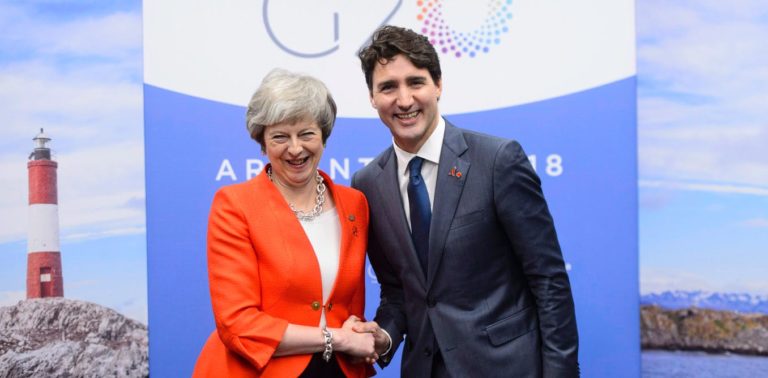Post-Brexit, the U.K. and Canada can fuel global sustainability

Written by Deborah de Lange, Associate Professor, Ryerson University and Philip R Walsh, Associate Professor, Entrepreneurship and Strategy, Ryerson University. Photo credit THE CANADIAN PRESS/Sean Kilpatrick. Originally published in The Conversation. A “circular economy” is one that avoids waste and…

